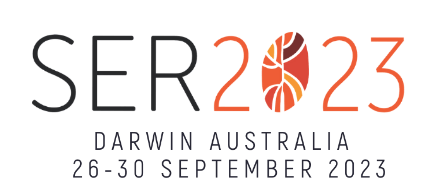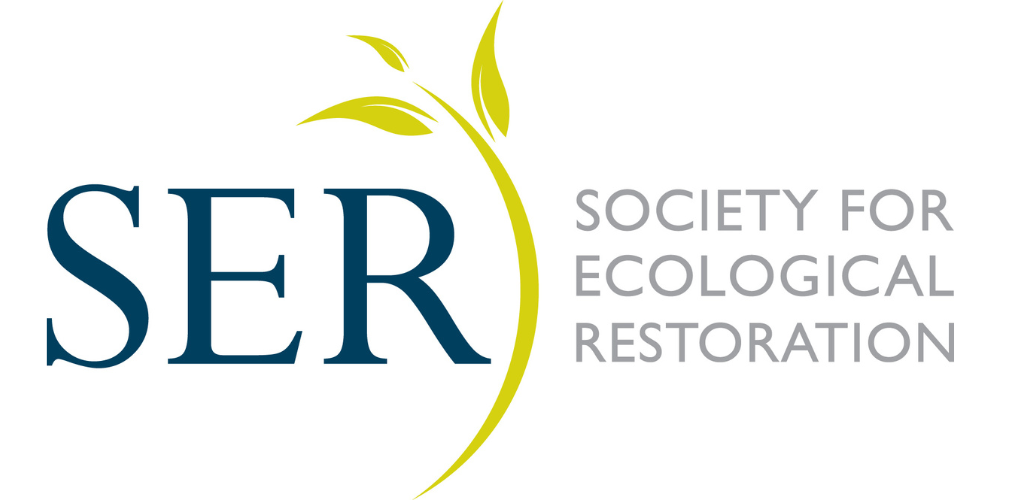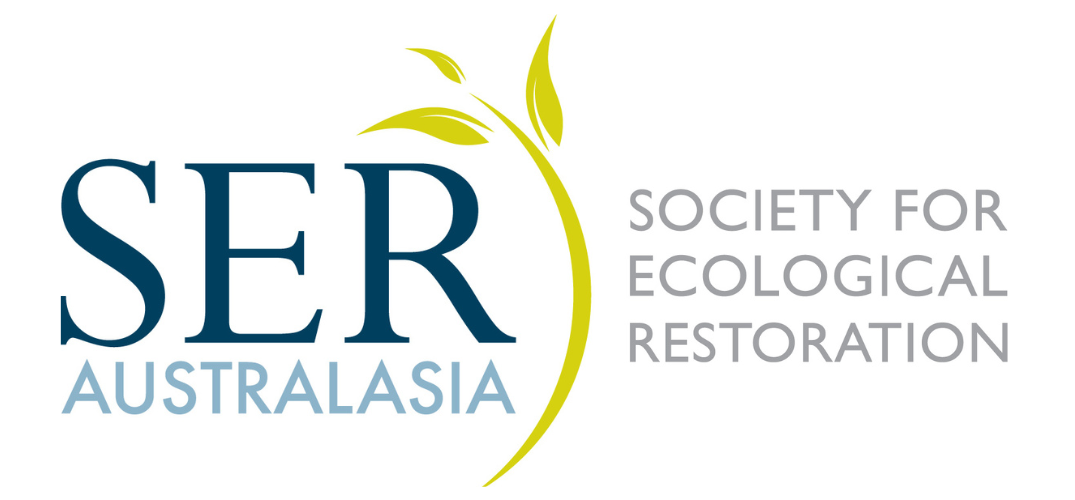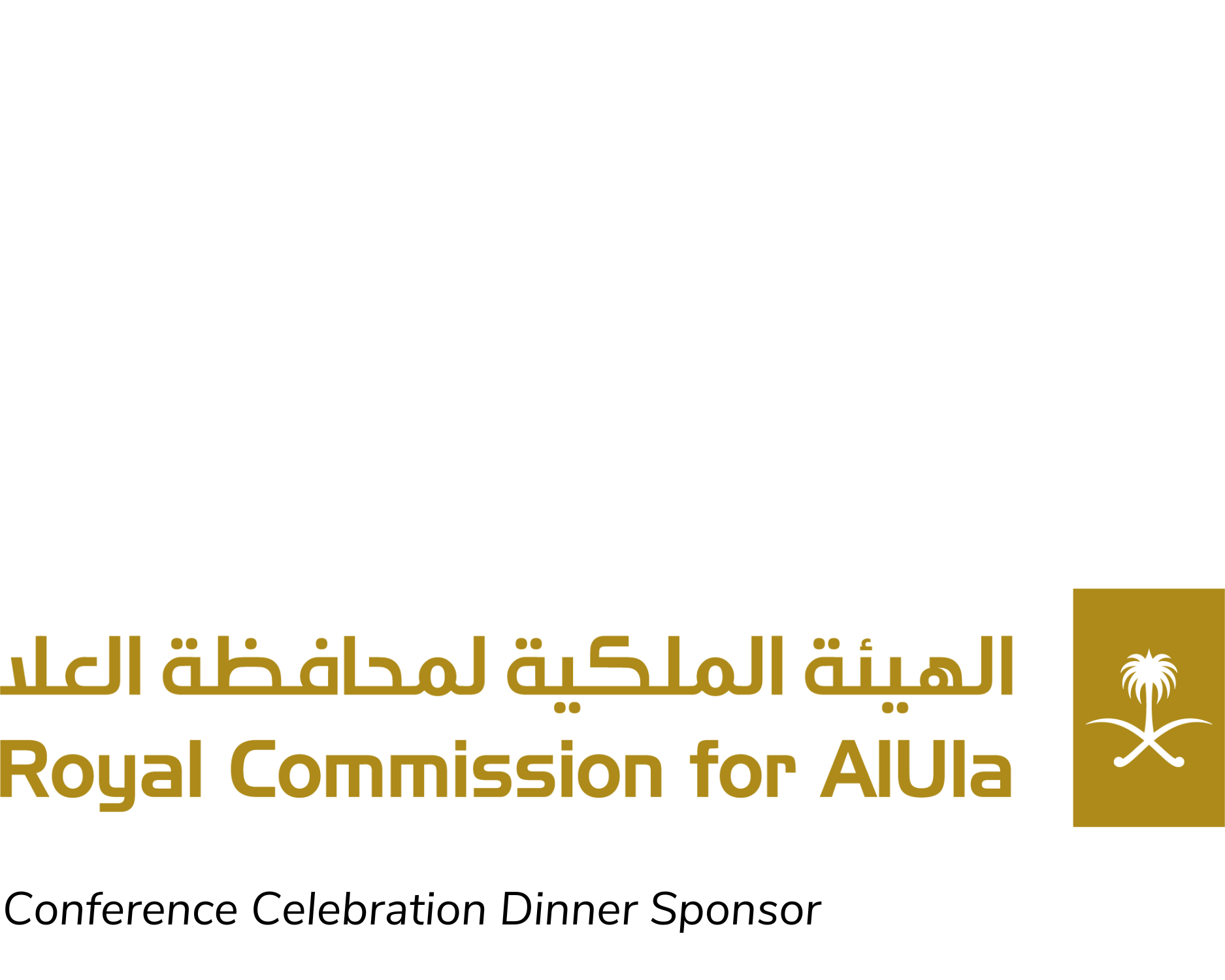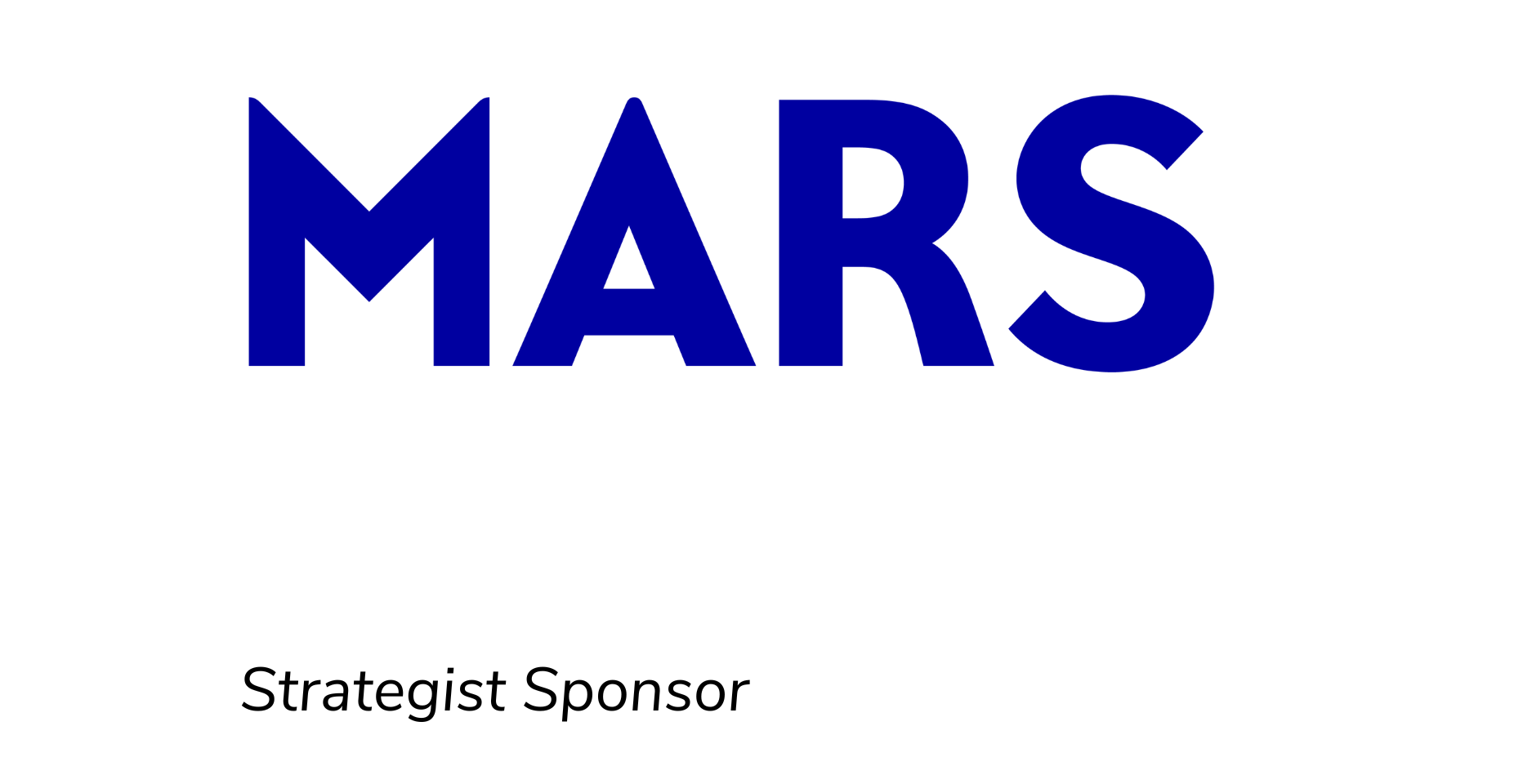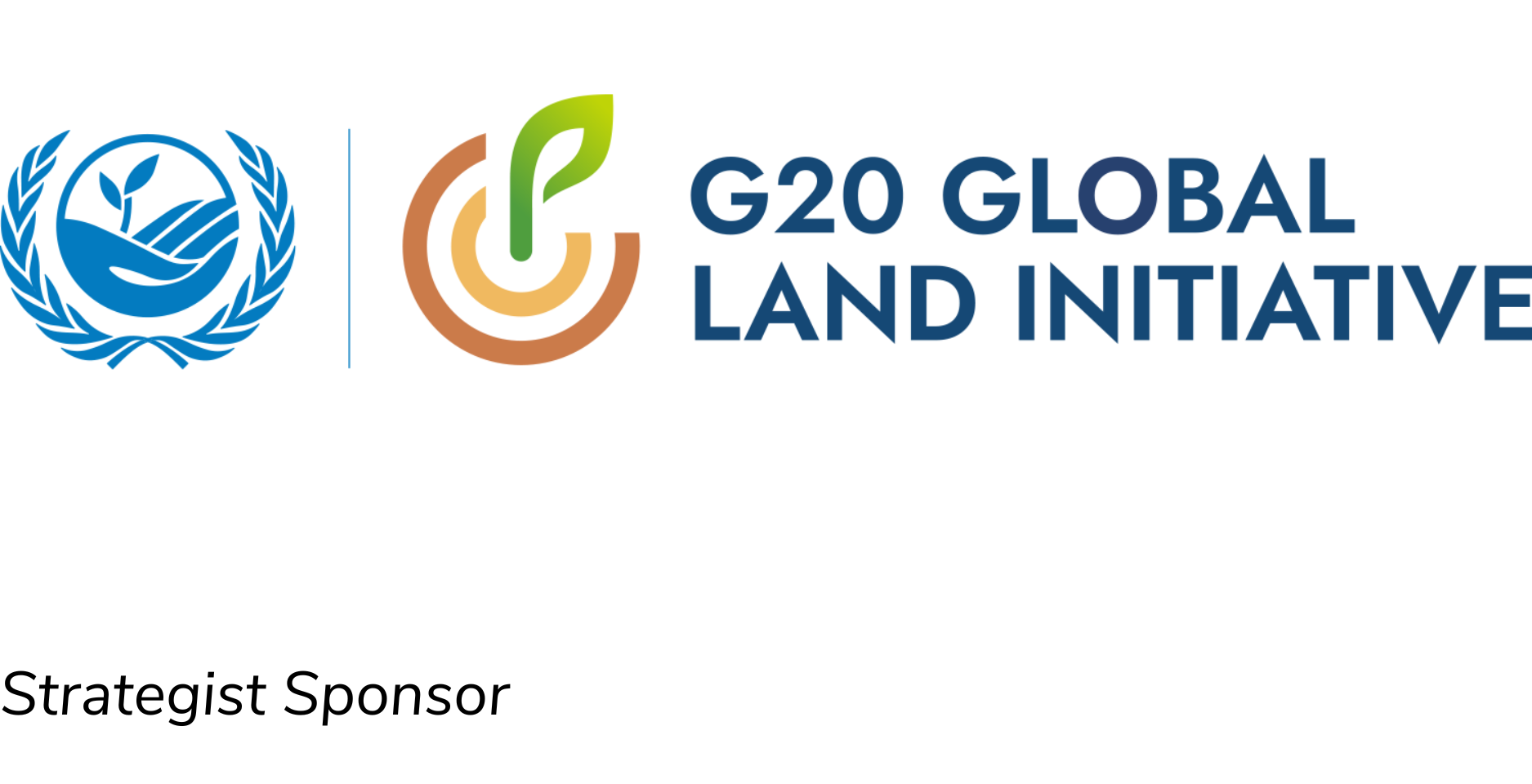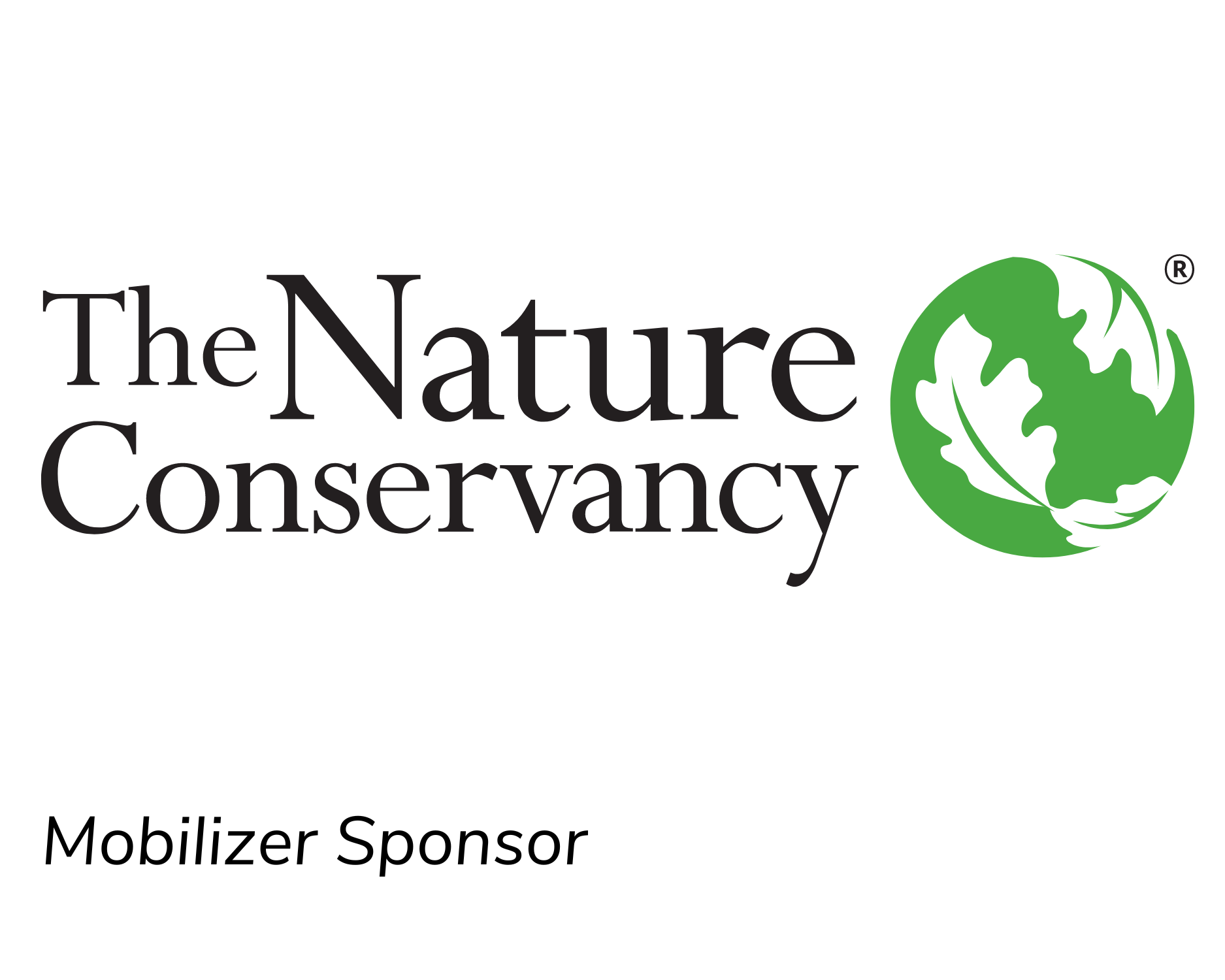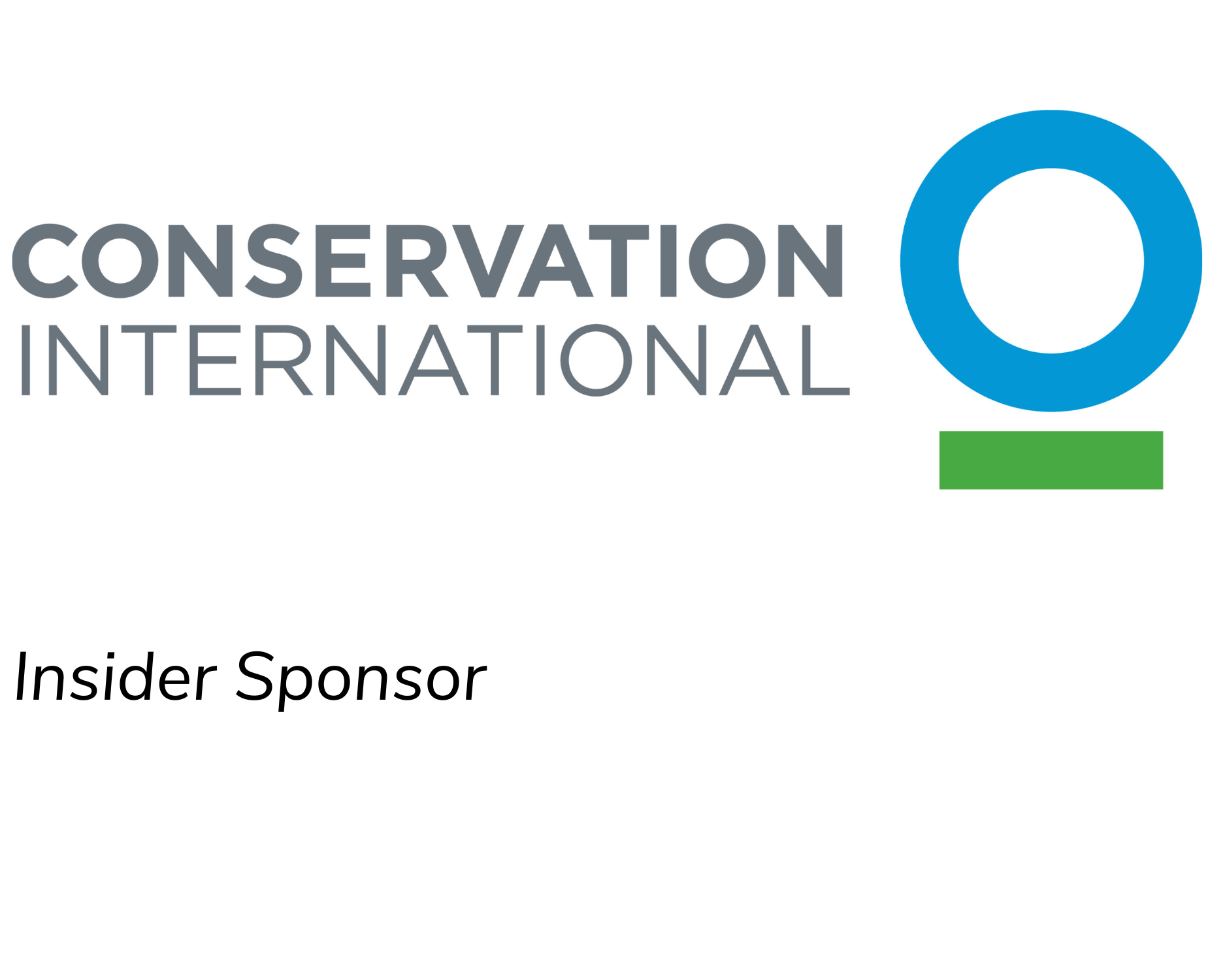Brief summary
The 3000 ha Koorangie Marshes are part of Kerang Wetlands Ramsar Site and are recognised for their importance for wetland birds. Colonial-nesting birds such as cormorants and darters rely on the tree canopy of River Red Gum (Eucalyptus camaldulensis) and Eumong (Acacia stenophylla) woodlands that cover large areas of the marshes to provide nesting sites. From the 1920s to 1990s the vegetation of the Koorangie Marshes suffered severe degradation caused by the development of irrigated agriculture in the surrounding landscape. Over-irrigation of farmland raised the height of the local saline water table, bringing it so close to the surface that it killed the tree canopy over thousands of hectares. Very low rainfall from the late 1990’s until 2010 caused a significant fall in the groundwater table and caused irrigation farmers to adopt more sustainable practices. Floods in 2011 and 2016 flushed salt from the surface soils of marshes, allowing many glycophytic species to re-colonise and triggered a regeneration event of canopy trees on the edges of the wetlands.

Barapa crew at Second Marsh, October 2017
The purpose of the Barapa Wamba healing Koorangie Marshes project is to heal the ecological health of the marshes and the relationships of indigenous and non-indigenous peoples to the land and each other. Key restoration activities include tree planting to replace a live tree canopy for colonial-nesting wetland birds in the deeper parts of the wetlands, to increase carbon capture and to provide a seed source to encourage natural recruitment, weed and feral animal control and ecological monitoring.

Aerial of trees planted at First Marsh in April 2018. Photo taken April 2023, after flooding of the wetlands in October 2022.
The project is currently in the ‘implementation stage’, and to date 11,000 River Red Gum and Eumong trees have been planted, 16 Traditional Owners have been employed through the project and local nurseries have been contracted to grow the trees. Increasing numbers of cormorants and darters are nesting in the regenerating trees.

Australasian Darter and Little Pied Cormorant Rookery in regenerated Acacia stenophylla, First Marsh, Koorangie
Key partner organisations
- Barapa Barapa Wamba Wemba Water for Country Committee
- Wetland Revival Trust
- North Central Catchment Management Authority
- Parks Victoria
Engagement with local communities and/or other stakeholders
The Barapa Barapa and Wamba Wemba Traditional Owner groups have relationships to the Koorangie Marshes. These groups have guided project planning, implemented on-ground works including tree planting and rabbit control and have participated in ecological monitoring including monitoring the progress of restoration and use of the wetlands by migratory and colonial nesting waterbirds.

Wayne Walsh, Wamba Wemba Traditional Owner conducting bird counts at Koorangie, November 2019
The Barapa Barapa and Wamba Wemba community are benefiting from the project as it provides employment opportunities in a rural area where unemployment is high. The project enables elders and young people to spend time together on country, allowing traditional knowledge to be passed on. Surrounding farmers are involved in the project through collaborative efforts to control rabbits and foxes.

Uncle Dixie monitoring Red Gum growth at First Marsh, April 2019
Supporting ecosystem recovery processes
The recovery mechanisms for River Red Gum and Eumong include mass recruitment from seed following flood events. Seed of these species is dispersed by flood waters, with seed being deposited on the strand line. Therefore, there is usually dense regeneration on the edge of wetlands, but usually little to no regeneration in the centre. To assist canopy tree recruitment and increase natural recovery potential we needed to get some trees established out in the central, deeper parts of the wetlands. This is also where the colonial-nesting waterbirds prefer to nest, where they are safer from predators. This was achieved by widely spaced planting of tall (80 cm +) seedlings on the recession of a natural flood. Planting tall seedlings in wet mud increased the chance that seedling would grow tall enough to survive the next flood and produce seed for successive regeneration events.

Trees planted at First Marsh in April 2018. Photo taken in April 2023 after flood.
Aiming for the highest level of recovery possible
The Barapa Wamba healing Koorangie Marshes project is aiming for the highest recovery possible. In terms of species composition keystone plant species are being planted in a way that will encourage continuing natural regeneration, and weeds and feral animals are being controlled. Physical conditions, including soil and water chemistry, are returning to the pre-disturbance state which is allowing recolonisation of both tree and ground layer species, which in turn ensures the structural recovery of the vegetation. Ecosystem function is returning, evidenced by the increase in colonial-nesting waterbirds using regenerating trees. As the trees grow, they will assist in the recovery of carbon and other nutrient cycling, adding leaf litter to the soil and logs to provide habitat for ground dwelling fauna. As recovery progresses the re-establishment of extensive woodlands will consolidate habitat links and assist gene flow across the landscape.

Photo point showing the improvement in tree health on the fringe of the Koorangie Marshes over the past 4 years. Data from ground water monitoring bores show that the level of the saline ground water table is dropping and surface soil salinity is returning to the pre-disturbance condition.
Linking practice and research together
The ecosystem restoration techniques being applied at the Koorangie Marshes have been developed through local experimentation and in consultation with local Traditional Owners and expert ecologists. A program of vegetation condition monitoring has been established at the Marshes that combines vegetation quadrats, photo points and the Victorian Index of Wetland Condition Assessment that allows us to assess and report on the ecological recovery that is taking place.
Priorities for allocating funding received
If we are successful in receiving the funding, we will use the money to employ Traditional Owners to plant more area and to work with us in an ongoing program to monitor the recovery of the site’s vegetation and fauna.
